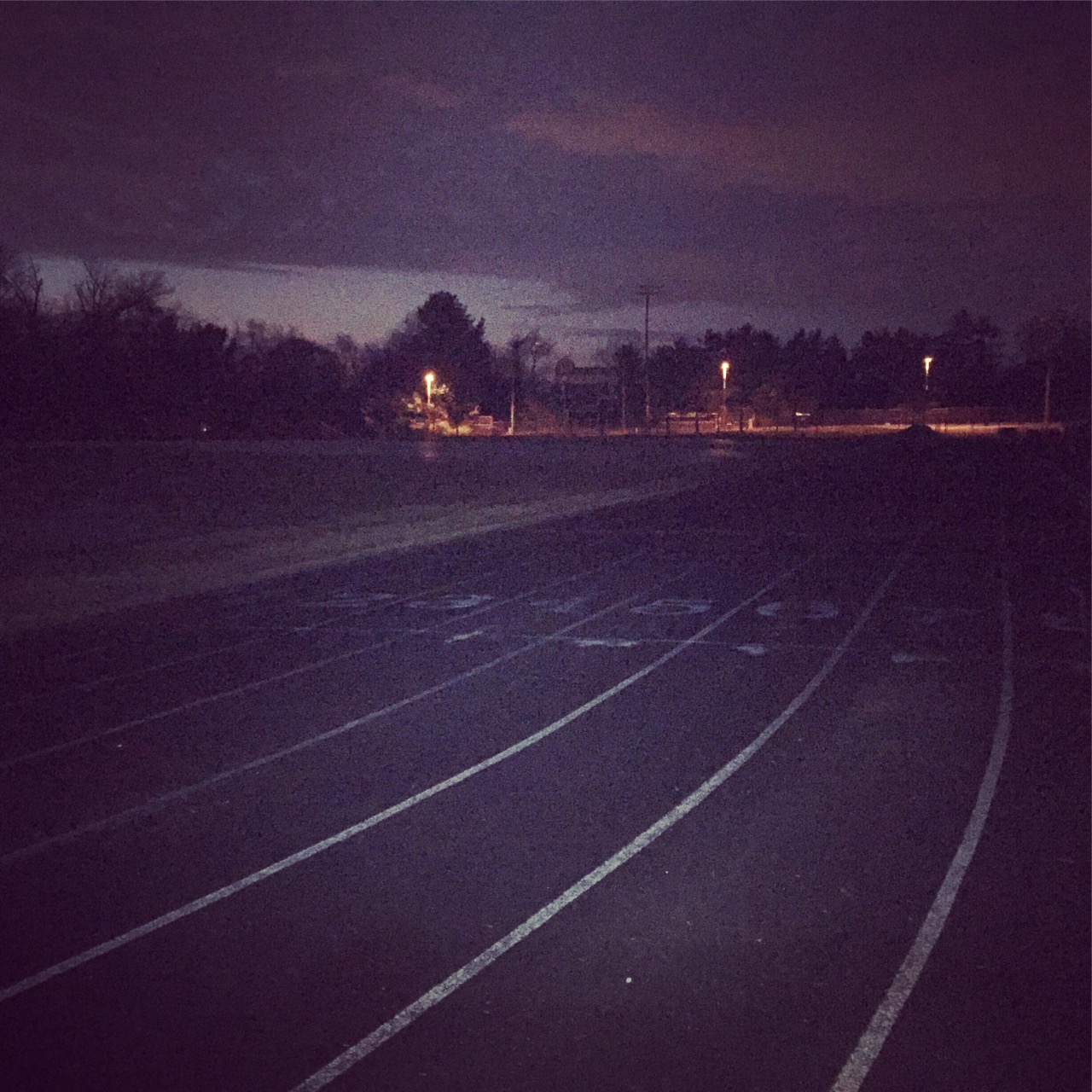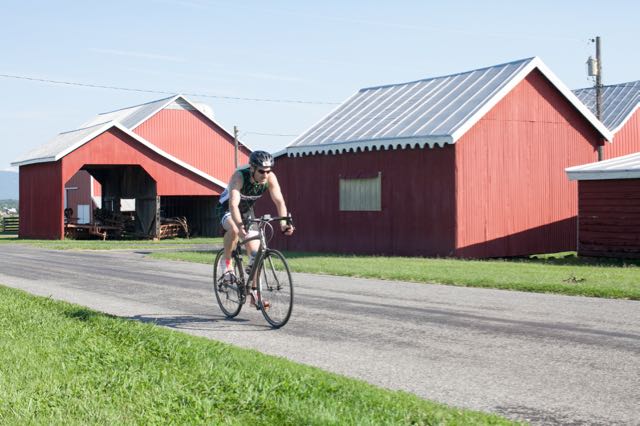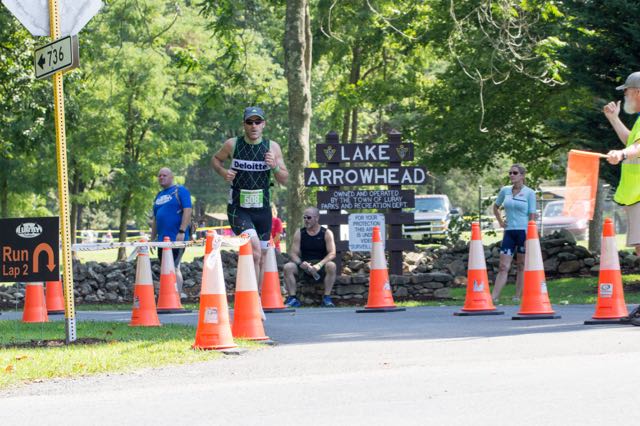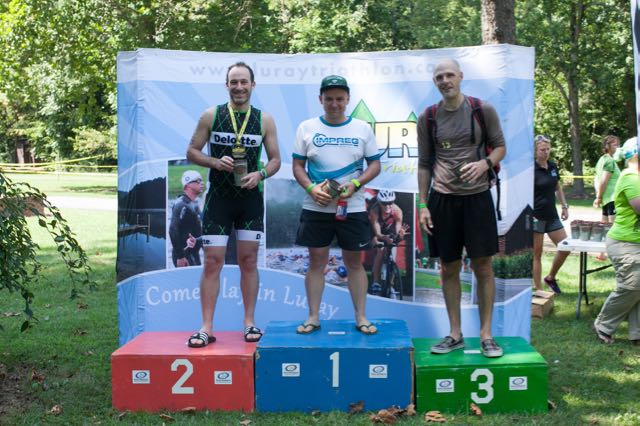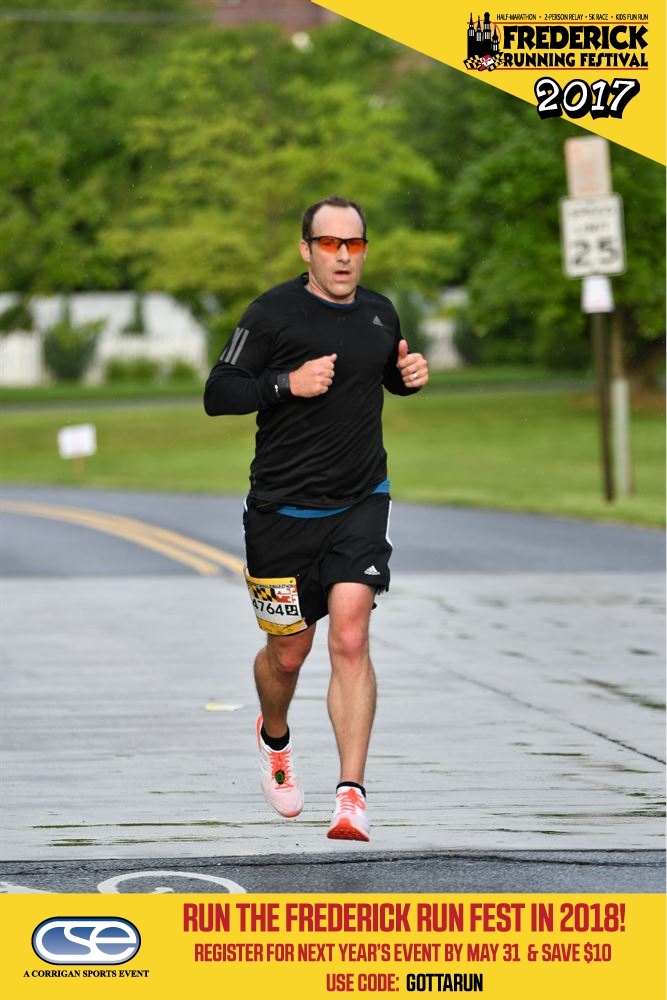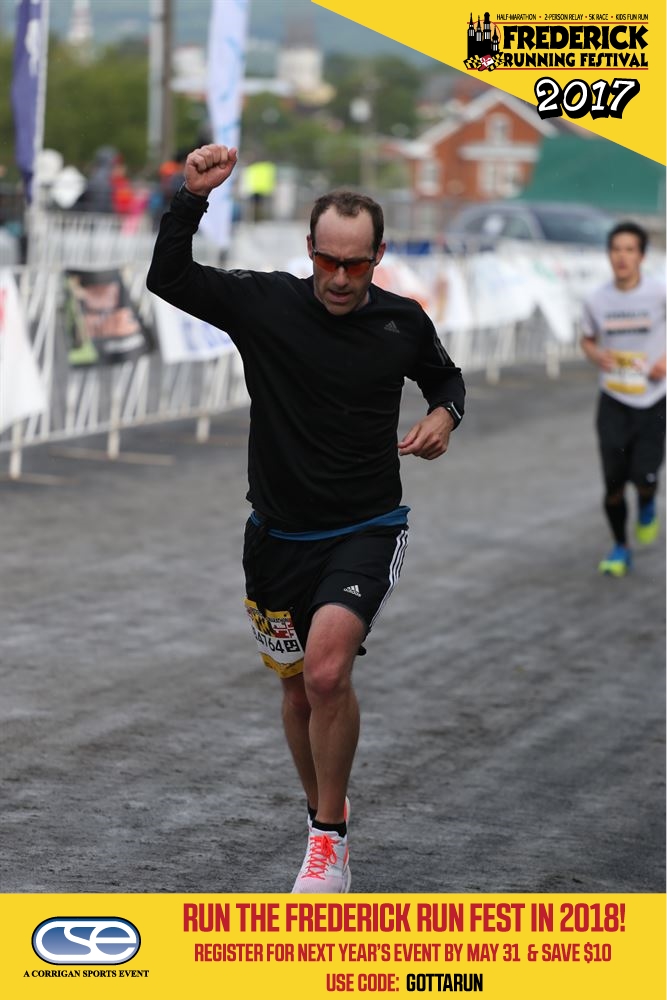Race Summary: A very small Marathon field with breathtaking coastal scenery and rolling hills. Open-to-traffic roads and a pouring rain for most of the course–common for this part of the island–were a drawback, as was the limited pre- and post-race support. Still a great destination run if you want something out of the way.
The kids were headed off to sleep away camp for four weeks, leaving the Mrs. and I free to wallow in our collective loneliness in some far-off exotic land. Seemed like a good time to sneak in a race on my march toward completing a marathon on every continent!
This was a race selection based on two criteria- Had to be in Africa, Asia or Australia, and had to be in the time window when our kids were away. Nestled in the Indian Ocean, about a 5-hour flight East from Johannesburg, South Africa, is a resort island called Mauritius. Once a French colony, then a British one, it is a small island that has three primary industries–tourism, sugar, and finance. The Marathon was scheduled for July 16, so it was perfectly scheduled. A good chance to get some beach time in during their summer, while also getting in an run in an exotic locale!
This race is tiny. Before now, Easter Island (Rapa Nui) was the smallest race I’d run, but that had about 50 more people than this one. Still, Asics and LUX* Resorts, some pretty big names were signed on as sponsors, so I gave it a shot.
Registration was through ROAG, a South American race management portal/company. This was the first race I’ve participated in that required a doctor’s signature on a medical waiver, which took some time to produce. That hurdle aside, registration was fairly straight-forward. Didn’t love the ROAG site and had a panic about whether or not my registration went through in the weeks leading up to the race, but all was well.
I broke one of my own cardinal rules about travel marathons and didn’t stay at or adjacent to the ‘home’ hotel of the race. This is ABSOLUTELY a best practice–particularly when heading overseas. You want to stay as close to the start line as possible. Why deal with the extra stress? In this case, every post I read about the island suggested that the south coast (where the race was held) was rainy this type of year, and that the East Coast, the windier side of the island, usually had warm sunny weather. ‘Mauritius is only 26 miles wide and their roads are paved,’ I told myself, booking in at a posh resort in Belle Mare. Unknowingly, I had committed myself to a 90-minute drive each way to the start/finish as well as for the bib pickup the day before.
The error of this sunk in when we arrived at the Tamassa Hotel in Bel Ombre in our rented car on the Saturday before the race. We had both been the victims of some kind of food-related illness Thursday night into Friday (spent all day Friday in our hotel room), so we were both just blasted when we arrived at the hotel. We even looked into booking a night there, but was told they were all full. Sigh.
In hindsight, I have no clue why they couldn’t do bib pickup at the start line for those who couldn’t get to the hotel. There was no ‘expo,’ and, again, this race was tiny: only 105 participants. Surely they could have managed this. The handout was a cheap sponsor-logo string pack, the bib and the tech shirt–a nice Asics blue number in their high-end hexagonal pattern cooling fabric, though not as interesting as some of the others I’ve received.
To get back to the South Coast for the 6:30 AM start required a 4:00 AM wake-up call, a quick dressing in the dark, and on the road by 4:30. I was feeling pretty much recovered from my illness, but spent most of the 90-minute drive (on the left side of the road, in the dark, in intermittent rain showers) cursing the decision to not stay at the Tamassa.
On the bright side, parking was easy. The race started at St. Felix Public Beach, one of the largest public beaches on the island, so there was a large lot. It was pitch black and raining lightly, but I found the finish line and the small tent, where they scanned my bib and yelled encouraging (?) things to us over the bull-horn. At 6:15 we moved as a group about 100 meters up to the road for the start. I happened upon the only other Americans in the race there–two nice guys from Phoenix.
The course was amazing or terrible, depending on your perspective. The entire course was along (in?) a main road that hugged the coast. 24 or so miles of coastal views, palm trees, sugar cane fields…it was one of the more fantastic settings I’ve ever run in. The only trouble was that we were running in the same direction as traffic (on the left side of the road) and the roads were not closed for this race. Therefore, there was legitimate anxiety about getting struck for most of this race. People wearing headphones were suicidal. The drivers went by quickly, seemed to care little for the fact that a race was going on, and seemed happy to come as close as possible to us without actually making contact. There were police along the way, but only to control traffic at intersections.
The track featured two turnarounds. The starting line points East, and continues about 4km to Ramble, where there is a turnaround. Then, you pass the start line again and continue West about 20km to Le Morne, where you turn back around toward the start/finish area. The half-marathoners went off at about the midway point of the race toward Le Morne (Westward), then turned East at Le Morne, meaning we saw them coming at us at about the 18km mark despite their start a half-hour after us.
The second turnaround was 5km past the half-way mark, creating a strange ’emotional’ midpoint to the race that was past the actual halfway point. I actually liked this, as it made the finish seem much closer than it really was.
Remember how I mentioned that we were staying on the Eastern Shore to avoid the rain. Well, we were right about that part of the planning. It pretty much poured for 30/42km. Poured. Soaking, sideways rain. When it wasn’t pouring, there was a steady drizzle. It was not pleasant. (on an aside, the Mrs. decided to stay back at the hotel, rather than get a lift to the finish. Wise move. It was sunny and warm the whole day, and there was really no place for her to hang out at the race that was dry.). There were also pretty much zero crowd noise along the course–a few family members who were cheering on a runner near me (I saw them multiple times) and the occasional thumbs up from a race organization team member.
So, having been sick two days before (fever, nausea), facing 30 hours of travel over the next two days back to the states, and completely soaked (water pouring out of shoes soaked), I dialed it way back and decided to take in the scenery, rather than push for a time. This was not the Boston Qualifier race, the rolling hills made it challenging (though there were no heartbreak hill-type mountains to overcome along the way), and the setting, again, was beautiful. I ran when I felt like running. I walked when I felt like walking. I spent the last few miles walking along with Ajesh, a 4th Generation Mauritian (one of only 12 locals in the race) and got a spectacular history lesson about the island and its people. Well worth it from that standpoint.
The on-course support was pretty good. Water from 5-gallon bottles poured into cups (I brought my own water and refilled the bottle along the way), bananas, and some jelly to stop chaffing (good luck applying that in the rain). Instead of Gatorade or Lucozade, they had Coca Cola, which seemed odd to me. The tables were fairly well spaced out. Some of the stations had volunteers handing the drinks out (some were pretty much refill-only as the rain forced the volunteers under cover). I was glad I had my bottle as I could take a drink whenever I wanted.
The finish was interesting. They had an inflatable “standard-marathon-issue” finish line. No time counter was evident (maybe put away because of the rain?). Everyone’s chip-timing stickers had come off our bibs in the rain, but they were recording times on clipboards and had a monitor with everyone’s times on it. The medals were a bit disappointing. Just wooden (bamboo?) discs with the “Mauritius Marathon” logo screen-printed on it. The ribbon was really thin, but at least in the four colors of the Mauritian flag to make it a bit ‘local.’ Would have been nice to have a Dodo bird-shaped thing on it (official mascot of the island) or something a bit more interesting. It’s different, I grant them that, but pales in comparison to the simple Moai-shaped medal received at Easter Island or even the glass medallion from Delaware.
The bag of food at the end was similarly a disappointment. Positives included a bottle of water and coconut juice. Negatives included a bun with some shredded cheese-like stuff in it. There was no real post-race festivity, as it was just chucking down rain. I grabbed the bag and went to my towel and dry shirt in the rental car, readying myself for the long drive back to Belle Mare.
Overall, this was an interesting, memorable race. I was surprised it wasn’t my slowest marathon as I really didn’t set out with any kind of time expectation. I felt relatively fine afterward, which was my goal. The flights back hurt, my recovery runs are going reasonably well with some minor aches, but I feel generally validated at my decision to go slow and take it all in.
I can’t quite recommend this marathon to people, though Mauritius was beautiful and we wouldn’t mind coming back. So long as your expectations are measured, it was an enjoyable race. It’s growing every year (slowly, but surely), and seems to get better from what I’ve heard, but they have a bit more work to do to get it anywhere close to the level of organization I’ve seen from similarly-sized events around the world.
